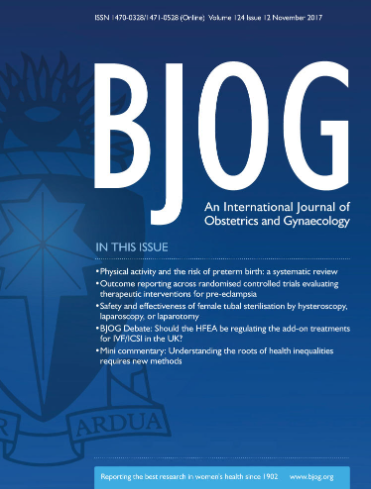Comparison of Luteal Support Protocols in Frozen IVF/ICSI Cycles: A Network Meta-Analysis
Abstract
Background
Luteal support is a core success factor of frozen embryo transfers (FET). However, inconsistency across recommended protocols generates notable heterogeneity across reproductive outcomes.
Objective
To determine the most effective luteal support strategy (LPS) based on five key factors related to the effectiveness of FET cycles.
Search Strategy
Twelve databases and two prospective registers were searched from inception to 1st January 2024. The study was prospectively registered under the PROSPERO database (CRD42024513549).
Selection Criteria
Randomised Controlled Trials (RCTs) and observational studies of women undergoing frozen embryo transfers were included.
Data Collection and Analysis
Bayesian network meta-analysis (NMA) model presenting random effects, risk ratios (RRs) with 95% credibility intervals (CrIs) was employed. Primary outcomes included clinical pregnancy, live birth, and miscarriage. Secondary outcomes included biochemical pregnancy and multiple pregnancy events.
Main Results
Fourteen studies, of which eight RCTs, comparing 12 interventions upon 4688 participants, were included. Overall, CiNeMa risk of bias was moderate, and network inconsistency per outcome was low. Thirteen studies reported on clinical pregnancy events with vaginal progesterone (VP) and a single or double dose of subcutaneous GnRH agonist (GnRHa), significantly improving clinical pregnancy, RR 1.86 [95% CrI 1.18, 2.93].
Conclusions
The addition of 0.1 mg subcutaneous GnRH agonist in a single (Day 3 post ET) or double (Day 3 and Day 6 post ET) schema upon a vaginal progesterone regimen till Week 12 appears to improve clinical pregnancy events in FET cycles.





 求助内容:
求助内容: 应助结果提醒方式:
应助结果提醒方式:


